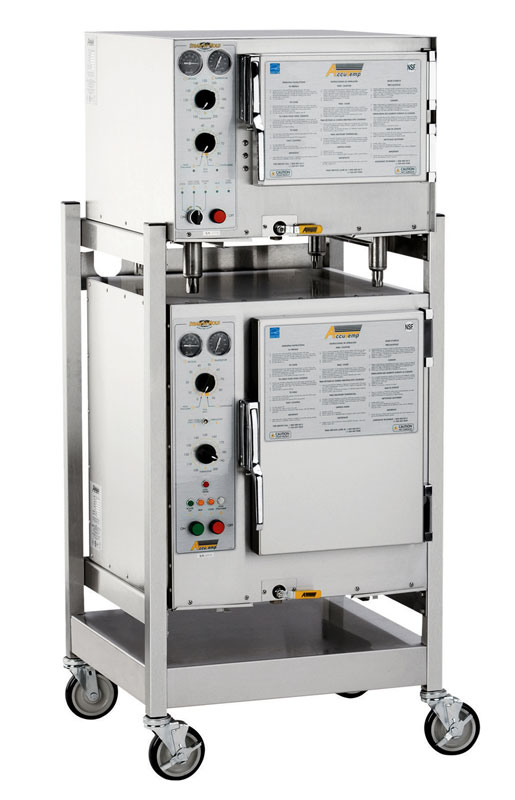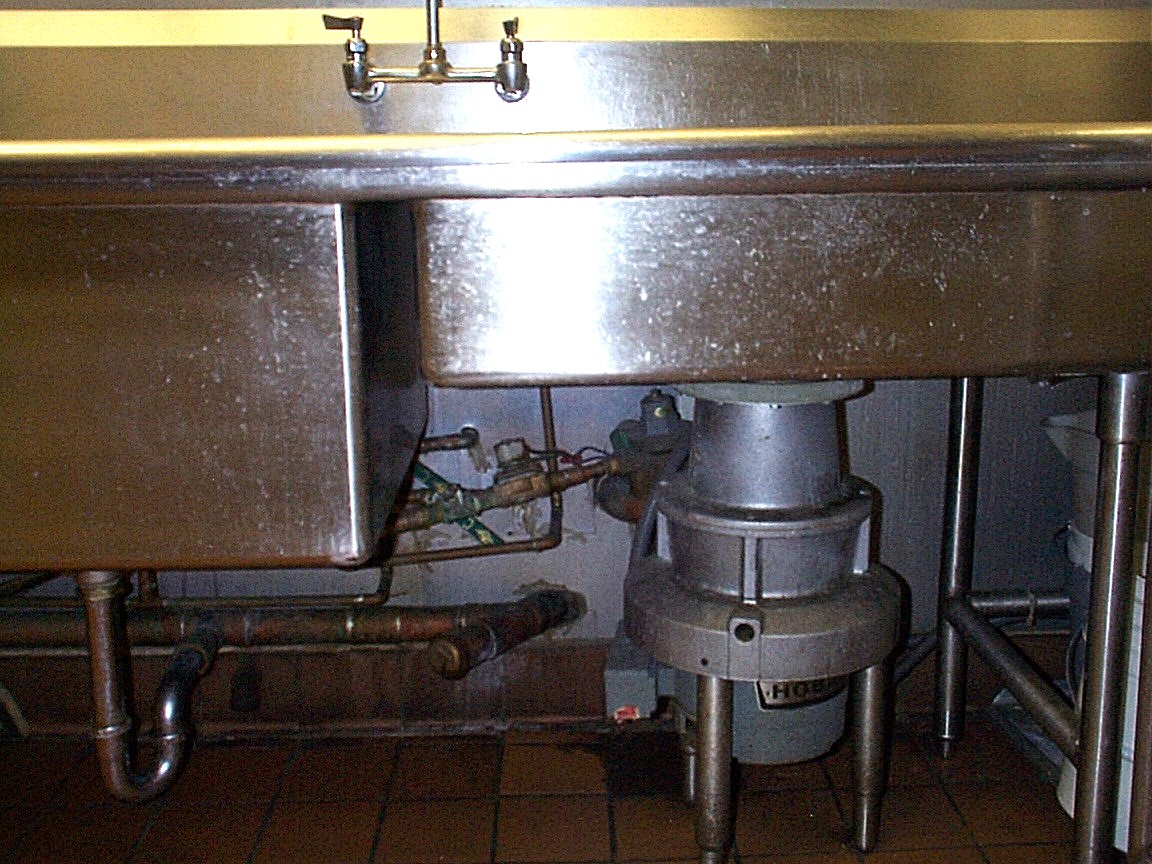Through the other WE credits, you’ve already realized water savings from landscaping (WEc1), wastewater processing (WEc2), and specific domestic water fixtures and fittings (WEp1 and WEc3).
This credit deals with the “rest” of the water—the process water. It covers any fixtures, appliances, and processes that aren’t included in other credits or in the Energy Policy Act of 1992, and establishes maximum water use limits for clothes washers, dishwashers, ice machines, food steamers, and pre-rinse spray valves. In order to achieve this credit, you must demonstrate that you meet the thresholds for four of these five equipment types—or prove that your project reduces process water use by 20%.

No garbage disposals are allowed anywhere in a school earning this credit.
Kitchens are the primary target
If your project doesn’t have a kitchen, it’s unlikely that you’ll be able to achieve the credit using the prescriptive path—four of the five eligible equipment types are kitchen appliances. You can still determine the baseline water use for other process-water equipment and calculate a 20% reduction in order to achieve the credit—but it can be more difficult to prove, mainly because it is challenging to establish an industry baseline.
Garbage disposals don’t cut it
Some project teams may be surprised to find that garbage disposals are not allowed under this credit. After all, there is a wide perception that garbage disposals offer environmental benefits by reducing landfill waste.

A standard commercial steamer consumes about 80,000 gallons per year—most of it tap water to cool the condensate. Shown here is a boilerless steamer that dramatically reduces water use.
Photo – AccuTemp Products, Inc.Removing garbage disposals can be seen as a challenge for many schools, because it typically requires schools to find an alternative means to dispose of food waste. Schools that already have a system in place for composting food waste—rather than using garbage disposals—will probably find this credit easier to achieve.
Other deal-breakers
Although it’s spelled out in the credit requirements, it’s easy to overlook these exclusions:
- water-cooled ice machines,
- food steamers with boilers,
- and refrigeration equipment (both kitchen appliances and any mechanical equipment) that uses once-through cooling with potable water.

